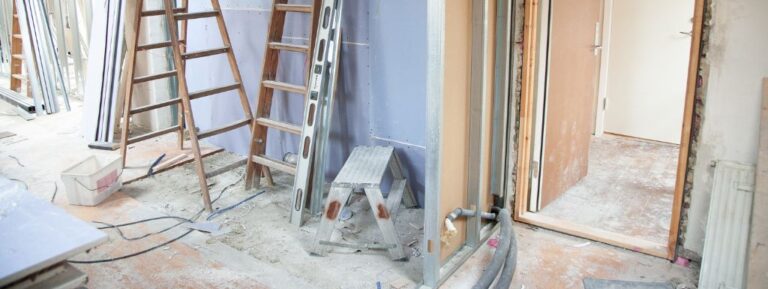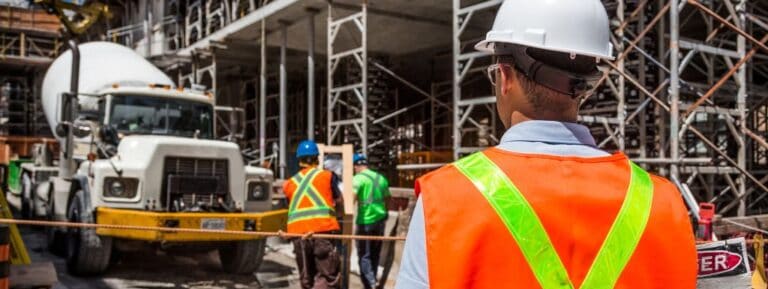Probuild and a group of related companies went into voluntary administration on 24 February 2022, with the First Creditors’ Meeting being carried out on 4 March 2022. During this meeting, Probuild’s administrators advised that they would be seeking a 3-month extension for the Second Creditors Meeting. At the Second Creditors’ Meeting, the creditors will be given the opportunity to decide Probuild’s future by voting to:
- end Probuild’s voluntary administration and return Probuild to the director’s control;
- approve a Deed of Company Arrangement; or
- put Probuild in liquidation.
It has been reported that Probuild attributes its collapse to fixed price contracts, supply chain disruptions and the increase in labour and material costs caused by the pandemic. Given the commonality of these issues in the construction industry, it is possible that more construction companies may suffer the same fate as Probuild.
If you are a subcontractor on a Probuild project or are having issues with your head contractor paying amounts under your subcontract, there are mechanisms under the Building Industry Fairness (Security of Payment) Act 2017 (Qld) (BIF Act) which enables subcontractors to “leap frog” up the contract chain to make their claim to the principal.
1. What is a Notice of claim?
A notice of claim is an option to subcontractors under the BIF Act to place a charge over money payable to the head contractor by the principal under the contract.
The notice of claim must be made in the approved form, claim an amount certified by a qualified person (e.g. an architect or quantity surveyor) and provide details of the “work” done by the subcontractor. The definition of “work” is considered in Tip 2 (below).
A notice of claim can be made for retention money, incomplete works and/or for work performed that is not yet due for payment when the notice of claim is served. If practical completion has been achieved, the notice of claim must be made within 3 months of that date, however, if the claim only claims retention money, the notice of claim must be made within 3 months after the expiration of the defects liability period.
2. What kind of “work” can be claimed in a notice of claim?
Work is broadly defined in the BIF Act which captures most construction industry services on building projects.
However, not all tasks associated with building projects are captured by the definition. For example, if the contract is only for the delivery of goods or hire of plant or machinery, it is not considered to be “work” under the BIF Act. Also, for manufacture or fabrication contracts to be considered as “work”, the components must be fixed in place for the purpose of the contract and the components require substantial alterations for them to be used for another purpose.
Additionally, as mentioned above in Tip 1, retention money can also be claimed. The claim for retention amounts can be given at any time while the work is being performed under the contract, but must be given within 3 months after the expiration of the defects liability period.
3. Who must receive a notice of claim?
Pursuant to the BIF Act, notice of claim must be served on the contractor that is obliged to pay the subcontractor, the recipient (e.g. the principal) and (if not the principal) the security holder under the subcontract.
4. What happens after I serve my notice of claim?
After the subcontractor has issued their notice of claim, the contractor’s response must be provided in the approved form to all the named parties within 10 business days. The response may be to accept the claimed amount either in full or partially, or dispute the claim. If the claim is accepted, the recipient will pay the subcontractor if the total of all the amounts claimed is equal to or less than the total of the retained amount.
The holder of the security must retain the security until the court makes its decision or if the contractor accepts liability, the security holder must pay the amount that is accepted (or up the difference) with consideration of the other subcontractors’ accepted claims.
Additionally, if a person believes that they have been prejudicially affected by the notice of claim, that person may apply to the court to have the notice of claim cancelled or modified.
5. What happens after the contractor’s response to the notice of claim?
If the subcontractor’s claim is disputed, the subcontractor will have:
- 4 months to commence court proceedings for retention moneys (only); or
- 1 month to commence court proceedings for their claim.
The subcontractor is not bound to commence proceedings on their notice of claim, as it can withdraw their notice of claim in full or partially withdraw their claim should they wish to only proceed with a portion of the claim.
The blog published by Rostron Carlyle Rojas Lawyers is intended as general information only and is not legal advice on any subject matter. By viewing the blog posts, the reader understands there is no solicitor-client relationship between the reader and the author. The blog should not be used as a substitute for legal advice from a legal practitioner, and readers are urged to consult RCR on any legal queries concerning a specific situation.



